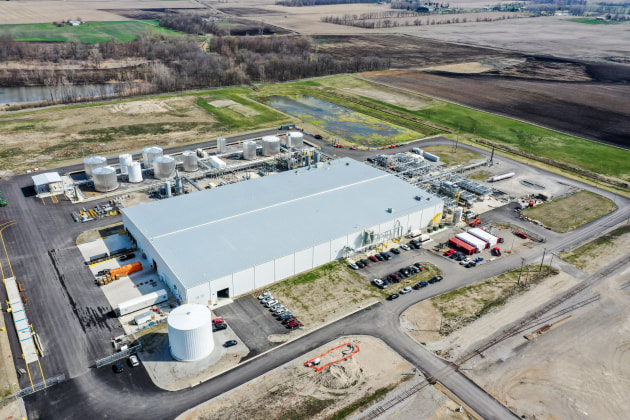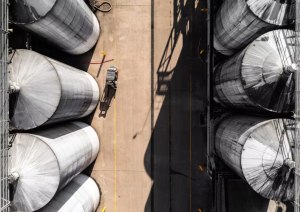BREAKING: Global plastics recycling company Brightmark is to construct an advanced plastics recycling plant in Parkes, NSW, bringing thermo-chemical recycling technology to Australia for the first time.
In a boost to regional NSW, the new mixed plastic recycling facility will be located in the Parkes Special Activation Precinct, with construction due to start in mid-2023 and the plant operational by 2025. The project is expected to create 100 new local jobs.

Deputy Premier and Minister for Regional NSW Paul Toole visited Parkes today to announce that Brightmark will bring its innovative waste solution technology to the Central West.
“This is a huge opportunity for Parkes to get a slice of the $66 billion global plastics recycling industry which will bring strong economic growth and jobs to the region,” Minister Toole said.
“Brightmark’s $260 million investment in Parkes sends a clear message to other global companies; Parkes is the perfect place to invest, now and into the future.
“Parkes offers unparalleled access to Australian markets, as the only intersection of Australia’s two major rail spines. The industrial precinct offers the potential for businesses to move their goods to 80 per-cent of the population, or through any number of international ports overnight.”

San Francisco-based Brightmark has developed plastics renewal facilities using advanced thermo-chemical recycling in the US and its process has been proven at full-scale for continuous operation.
Brightmark founder and CEO Bob Powell said the company is excited to be expanding its waste solution footprint into Australia, setting the new gold standard in advanced plastic recycling.
“Collaborating with the NSW Government in the Parkes precinct is ideal due to the sustainably-minded business environment and community; the focus on circular economy and its location as a transportation and logistics hub,” Powell said.
Brightmark’s technology operates in an anaerobic environment and uses the process of pyrolysis to break the chemical bonds in plastic in the absence of oxygen (in contrast to incineration/combustion which requires fire/oxygen) so that the raw materials can be broken down into their original chemical chains, recaptured, then transformed into other useful products, like fuels and wax or even into new plastic products.
The company says its process is “93 per cent efficient and provides a high-quality, consistent output, even with an inconsistent input of mixed-stream plastics”.
A big step forward for plastics recycling in Australia is that Brightmark’s plastics renewal technology can accept and process all plastics – types one through seven – even those that are co-mingled with different types of plastic or that are “contaminated” with food, dirt, moisture, or paper. The company says using its technology it has been able to generate consistently high-quality end products.
Brightmark’s stated goal is to divert 8.4 million metric tons of plastic from landfills or the environment and use that plastic waste to produce 1.7 million tons of feedstocks necessary to remake plastics and create a “truly circular process by 2025”.
Brightmark senior vice president, Global Plastics Development and Origination Shakil Rahman said the facility in Parkes will be the largest of its type outside the United States.
“The Parkes facility will process 200,000 tonnes of plastic waste, diverting that waste from landfill, to create alternate usable plastic products that are delivered back into the circularity market, assisting Australia to lower its carbon footprint,” Rahman said.
The NSW Government has collaborated with the Commonwealth Government’s Global Business and Talent Attraction Taskforce to facilitate Brightmark’s investment.
Special Activation Precincts are delivered by the $4.2 billion Snowy Hydro Legacy Fund, dedicated to driving regional job creation and economic prosperity.






